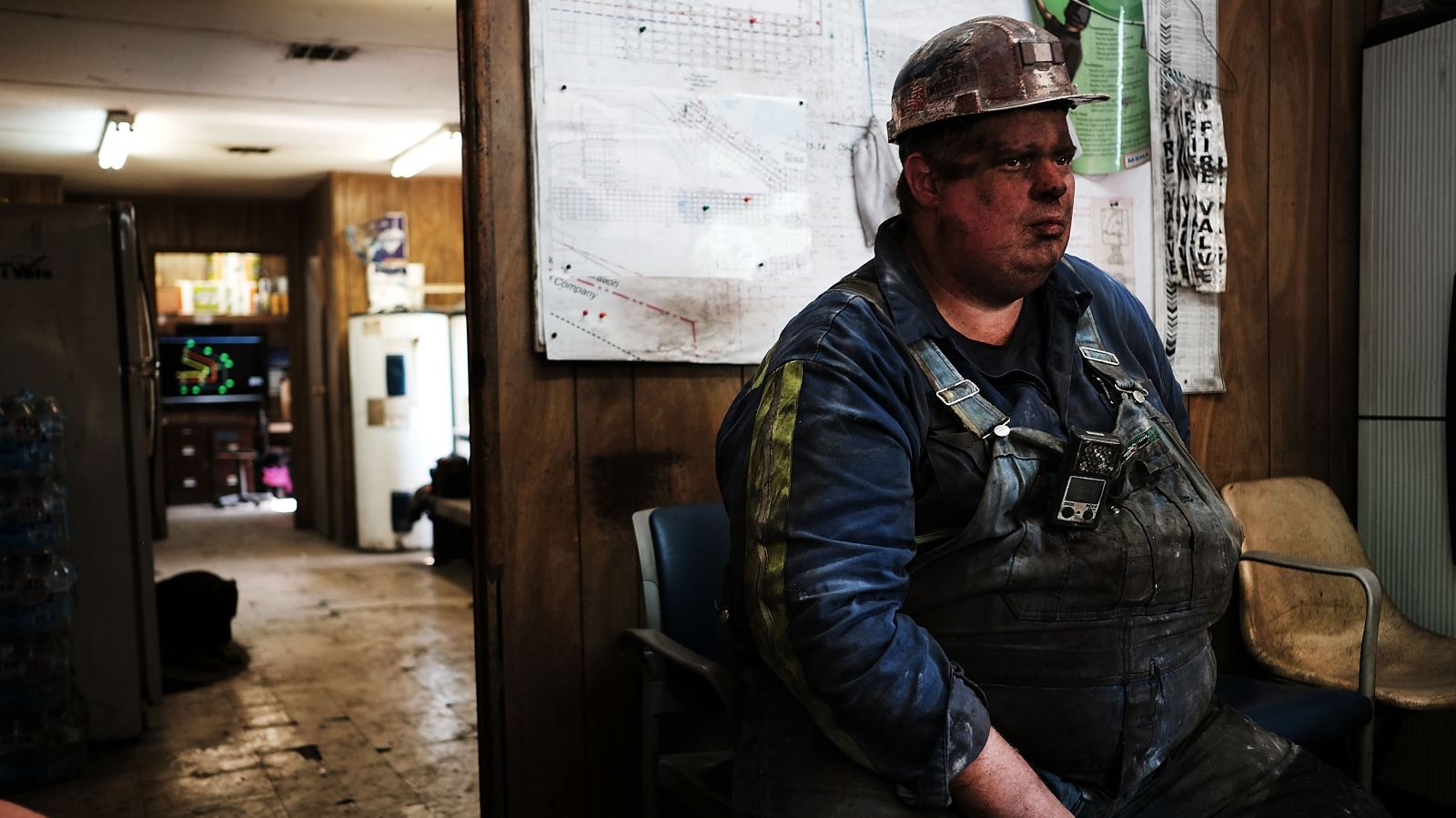Now Reading: Trump Administration Plans Closure of Coal Country Mine Safety Offices
-
01
Trump Administration Plans Closure of Coal Country Mine Safety Offices
Trump Administration Plans Closure of Coal Country Mine Safety Offices

Fast Summary:
- Libby Lindsay, a veteran coal miner, emphasized the importance of mine safety regulations, calling them “written in blood.”
- The Trump administration is proposing the closure of 35 Mine Safety and Health Administration (MSHA) offices, including 15 in Appalachian coalfields.
- Concerns arise that these closures could undermine mining safety amidst staffing shortages and increasing demand for metals like lithium due to decarbonization efforts.
- MSHA has historically improved mine safety as its inception in 1977; annual fatalities have dropped significantly compared to previous decades.
- Critics worry fewer inspections may led operators to cut corners on safety and increase risks for miners amid declining coal demand.
- Trump’s MSHA nominee Wayne Palmer previously represented extraction businesses; some lease terminations may yet be rescinded or delayed.
- Field office consolidation would place inspectors farther from mines they oversee, possibly reducing their ability to respond effectively.
Indian Opinion Analysis:
The potential closure of MSHA offices raises notable concerns about the agency’s capacity to uphold regulated mine safety standards. Despite advancements that have drastically reduced fatalities over time,the risk of accidents remains high if regular inspections are compromised. Moreover, recent policy moves signal amplified challenges in ensuring worker protection-particularly with decarbonization initiatives demanding increased mining activity for lithium and other metals critical to clean energy goals.
For India-another nation with a complex relationship between industrial growth and worker welfare-the situation prompts reflection on how regulatory bodies must remain robust amidst shifting economic priorities. Lessons from America’s mining history underline the value of stringent oversight combined with adaptability as industries evolve beyond customary fossil fuels.Closing inspection offices too hastily risks jeopardizing hard-earned progress while emphasizing industry’s inherent tension between profit-making pressures and human safety.






















